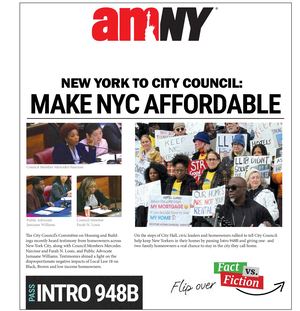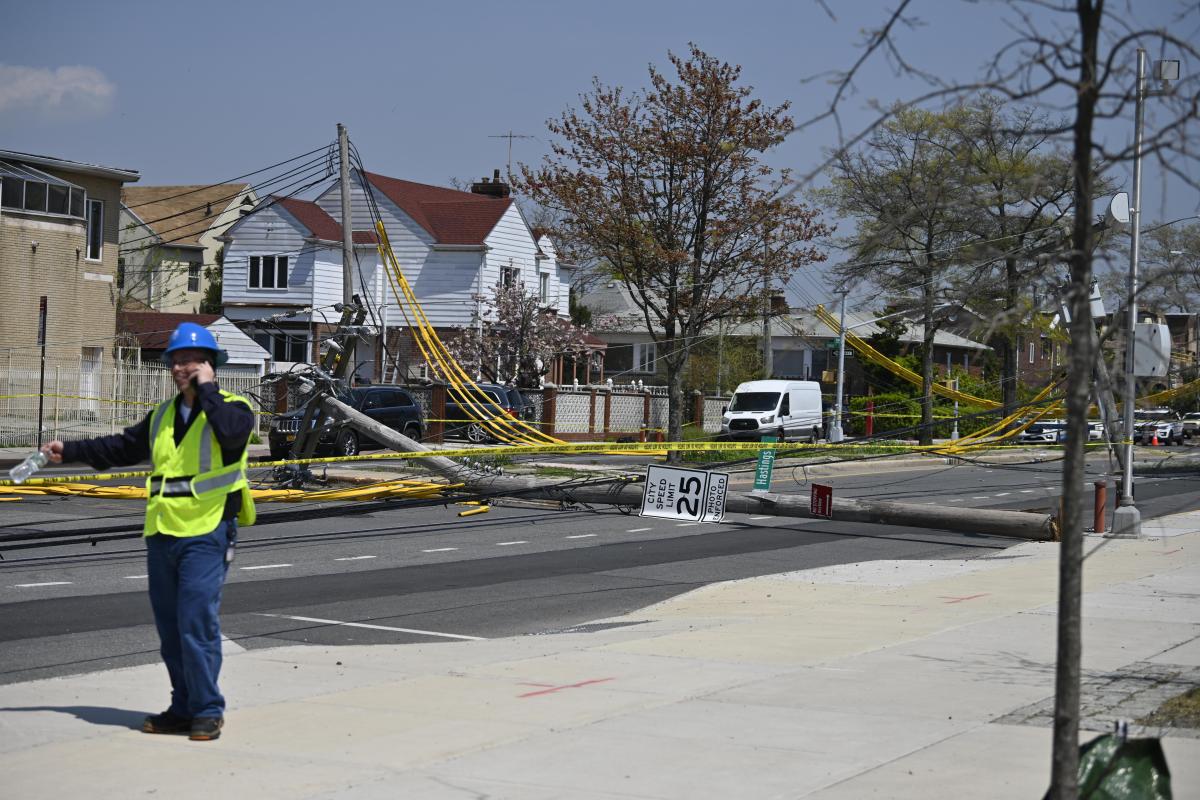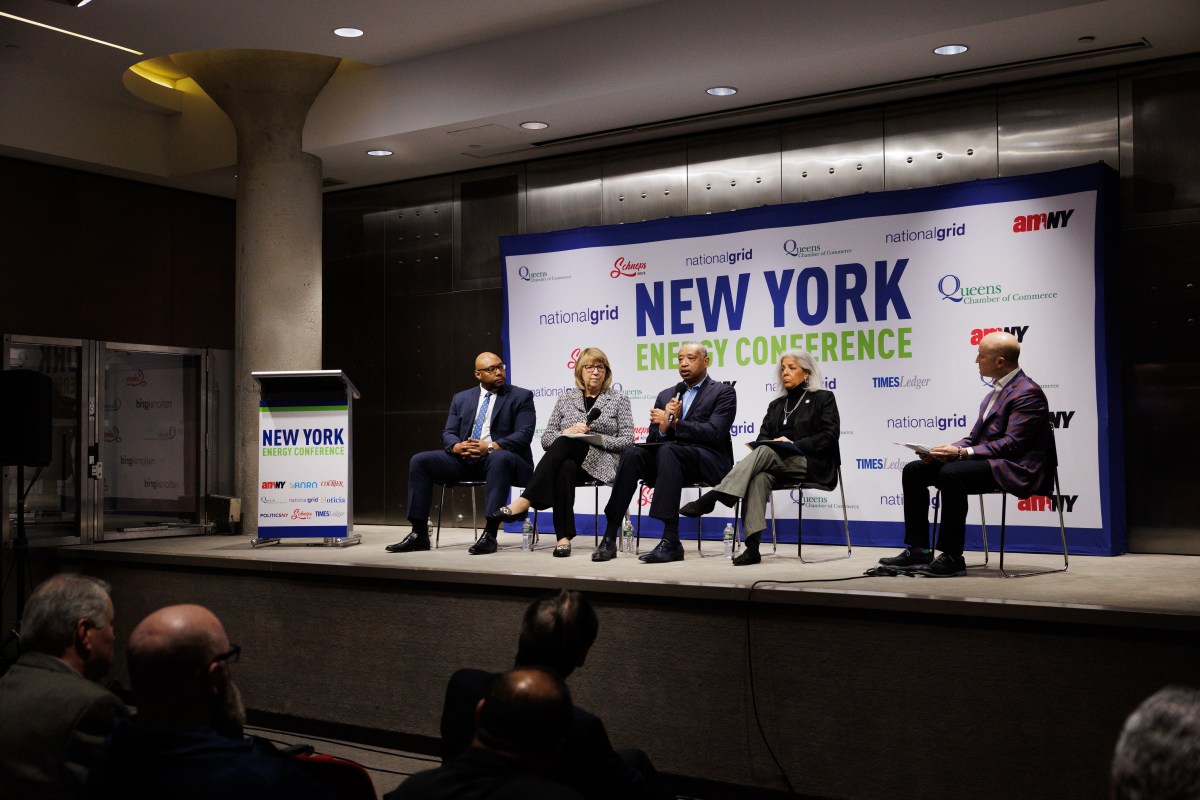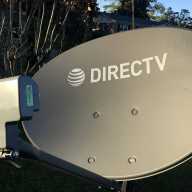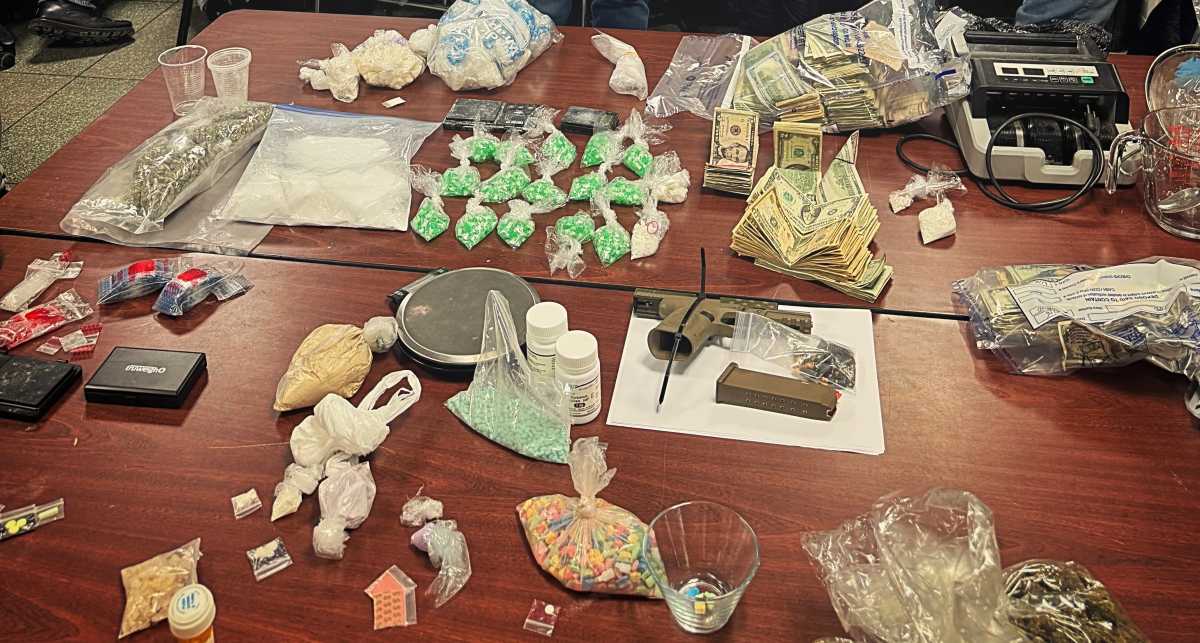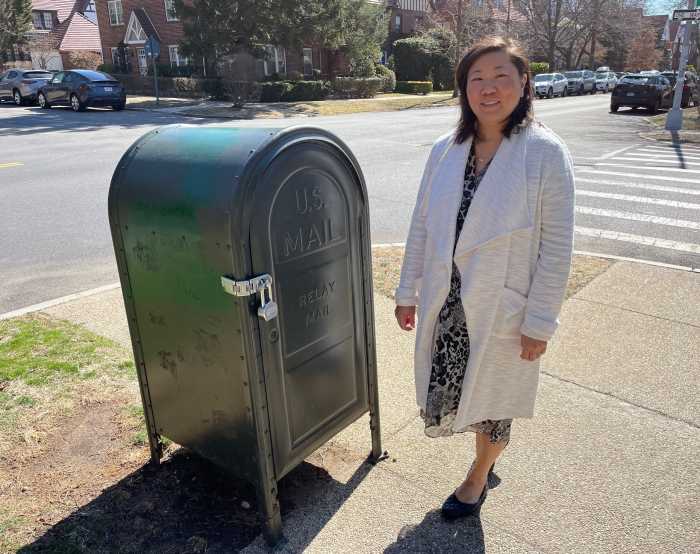July’s big heatwave set off the Con-Ed alerts across the city: “Please, limit your energy use between 2 pm and 10 pm to help keep service reliable.”
New York City avoided blackouts this time. Our neighbors down in Texas weren’t so lucky. Across the country, power outages from extreme heat and weather are multiplying.
This is what energy scarcity looks like.
But if there’s one thing Americans—and New Yorkers in particular—do well, it’s turn scarcity into abundance.
The solution is sitting in plain sight on our streets.
What New York City needs are batteries that store power and can send it back to the grid at moments of peak demand—like sweltering afternoons during a summer heatwave. The biggest battery storage we currently have is inside the tens of thousands of electric vehicles parked on our streets.
To turn those idle batteries into energy abundance requires two things: EV chargers placed at the curb that are both fast enough to transfer power at a meaningful scale, as well as two-way or “bidirectional-ready” so they can either send electricity to cars or back from cars to the grid.
When installed across the city, that charger network would constitute a new, more distributed and flexible way to share power—one far less susceptible to brownouts or blackouts, and less reliant on old polluting “peaker” fossil fuel plants like those on the East River waterfront. EVs with bidirectional capabilities – whether owned by the City, private fleets, or even members of the general public – can utilize their batteries to supply power when it’s most needed directly from the publicly accessible curbside parking.
The prerequisites are speed, bidirectionality and broad distribution.
Chargers that are fast enough already exist. We manufacture them at Gravity. At our Charging Center in Midtown, our 500kW “Distributed Energy Access Points” are charging cars in just 10 to 15 minutes. We have models designed to be installed on City streets that could charge cars in as little as 5 minutes. We nicknamed them “trees” because that’s what they resemble.
Fully certified bidirectional equipment isn’t far off. Gravity’s chargers are already designed to be bidirectional-ready, and we’re entering UL Solutions’ testing to certify them for commercial deployment. This is where our industry is headed.
Right now, the NYC Department of Transportation is planning to issue a request for proposals for thousands of curbside EV chargers that will line city streets over the coming decade. Their aim is to give New Yorkers convenient, low-cost ways to charge their cars.
Unfortunately, New York City might just close the door on that future of energy abundance because the City has a stated preference for slow, overnight chargers with no mention of bidirectional readiness and no allowance for the newer – and significantly faster — technology.
At the most basic level, that would be bad for drivers. Eight to 10 hours is just far too long to wait for a car to charge. Let’s remember who many EV drivers are in New York City today. At our site in Midtown, 82 percent of our customers are for-hire drivers who work with companies like Uber and Lyft. For them, every minute spent charging is a minute they aren’t working and earning fares. As other big commercial fleets join the EV transition, they’ll be similarly in need of high-speed charging to maximize uptime.
Which brings us back to solving energy scarcity. If the City stays the course, these new curbside chargers will mean more power demand, straining the fragile grid even more with every new installation. But with a fast, bidirectional charger, cars would be able to send power back to the grid at an enormous scale, making it more resilient with every new two-way charger installed.
Instead of compounding our energy crisis, chargers could be the way to alleviate it.
New Yorkers could have both the fastest chargers in the country and the very first generation of scalable bidirectional chargers.
But that can only happen if the City opens up its curbside charging program to faster bidirectional-ready models instead of decade-old slow chargers.
This is a rare opportunity to reach into the future, and use new technology to solve big problems. At stake is whether New Yorkers are forced to endure energy scarcity, or whether we can innovate our way to energy abundance.
Moshe Cohen is the founder and CEO of Gravity, Inc.
Read More: https://www.amny.com/oped/
